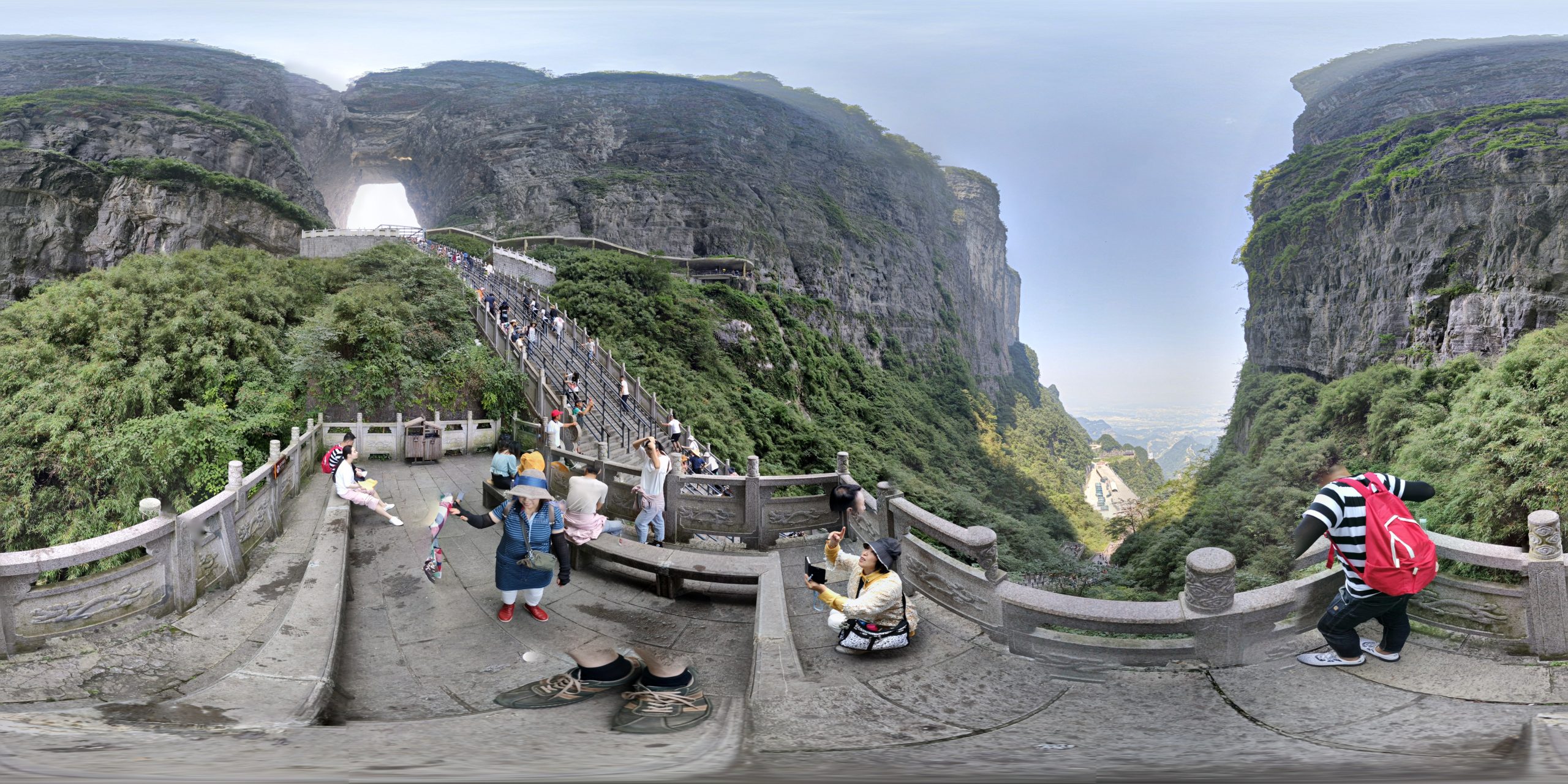


#Google photosphere android#
These focus on stabilization and alignment of images as well as its fusion, trying to avoid rare results and deformities in the resulting image. Google has created an interesting Android camera app called 'Photosphere' that can take 360-degree spherical photos using your smartphone. Whether you’re looking to shoot and share on the go or you're into fine-tuned tour editing, we. It’s never been easier to create Street View. In your device’s Camera app, look for the little camera icon in the bottom left-hand corner. Photons generated deeper than this cannot get out without absorption and reemission. The temperatures in this layer range from 4,400 kelvins (K 4,100 C, or 7,400 F) at the top to 10,000 K (9,700 C, or 17,500 F) at the bottom. To these tips that offer us a better result, must be added the improvements that Android 4.3 will bring to this resource of the camera application if the manufacturer has not removed it with its software layer. Publish your own 360 story, engage your clients. Shooting a photo sphere in your Android 4.2 phone or tablet is simple. The photosphere is thus a layer some 400 km (250 miles) thick.
#Google photosphere how to#
For this he has published a video in which he gives us a few tips on how to use Photo Sphere. Google wants us to contribute to generating 360-degree views with our mobile devices using the cameras on our phones and tablets and uploading them to Google Maps in order to offer them to the rest of the user community.


 0 kommentar(er)
0 kommentar(er)
